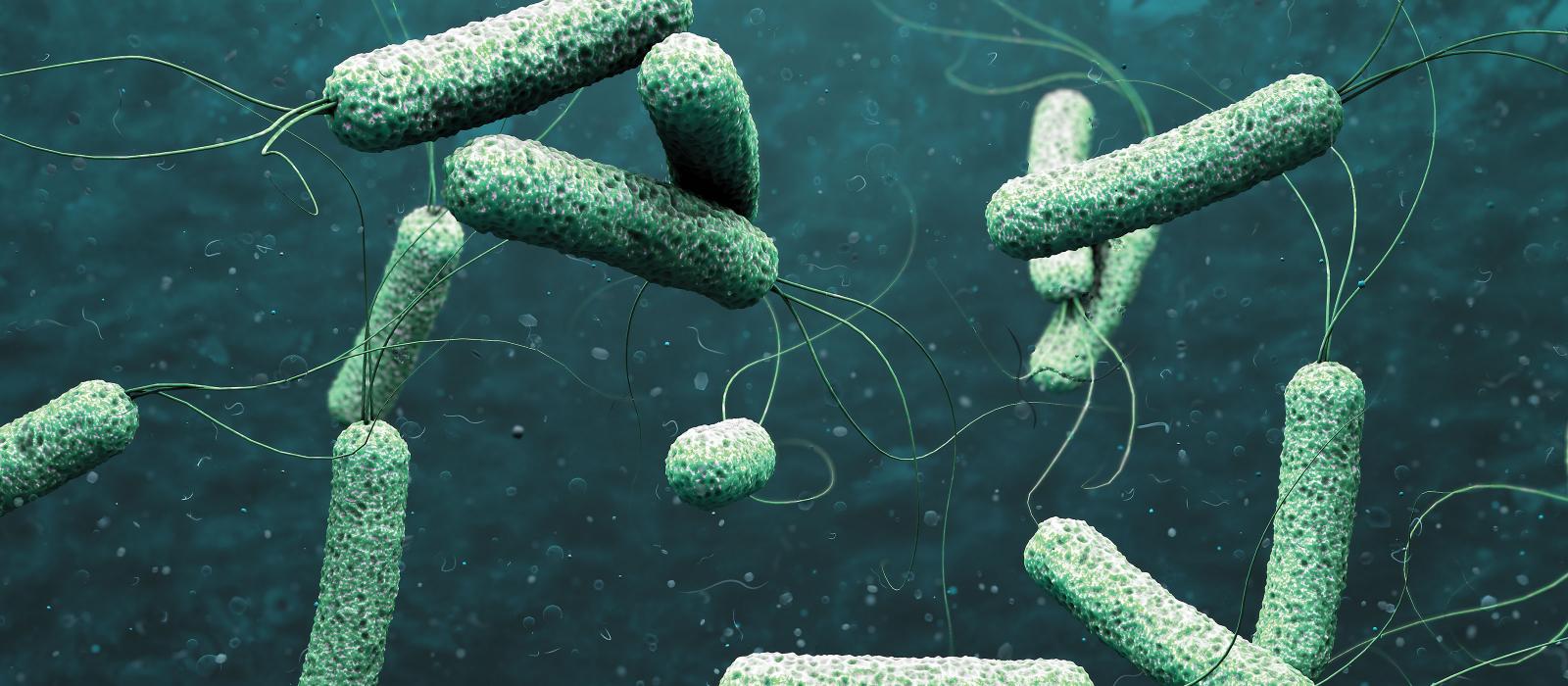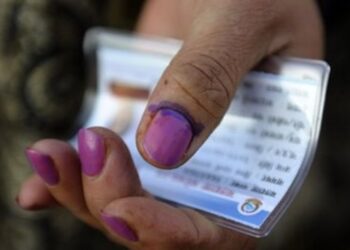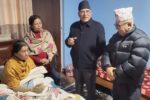Cholera is an acute diarrhoeal infection caused by ingestion of food or water contaminated with the bacterium Vibrio cholerae. Cholera remains a global threat to public health and an indicator of inequity and lack of social development.
In recent days, Cholera cases have been detected in Kathmandu Valley and other districts as well. So far, 25 people have been diagnosed with the disease with two recently being confirmed in Lalitpur, according to the Health Ministry.
Key facts
Cholera is an acute diarrhoeal disease that can kill within hours if left untreated.
Cholera is a disease of poverty affecting people with inadequate access to safe water and basic sanitation.
Conflict, unplanned urbanization and climate change all increase the risk of cholera.
Researchers have estimated that each year there are 1.3 to 4.0 million cases of cholera, and 21 000 to 143 000 deaths worldwide due to cholera (1).
Most of those infected have no or mild symptoms and can be successfully treated with oral rehydration solution.
Severe cases need rapid treatment with intravenous fluids and antibiotics.
Provision of safe water and basic sanitation, and hygiene practices is critical to prevent and control the transmission of cholera and other waterborne diseases.
Oral cholera vaccines should be used in conjunction with improvements in water and sanitation to control cholera outbreaks and for prevention in areas known to be high risk for cholera.
A global strategy on cholera control, Ending cholera: a global roadmap to 2030, with a target to reduce cholera deaths by 90% was launched in 2017.
Symptoms
Cholera is an extremely virulent disease transmitted through the ingestion of contaminated food or water.
Cholera can cause severe acute watery diarrhoea and the severe forms of the disease can kill within hours if left untreated.
Most people infected with V. cholerae do not develop any symptoms, although the bacteria are present in their faeces for 1–10 days after infection and are shed back into the environment, potentially infecting other people.
Among people who develop symptoms, the majority have mild or moderate symptoms. It takes between 12 hours and 5 days for a person to show symptoms.
A minority of patients develop acute watery diarrhoea with severe dehydration. This can lead to death if left untreated.
History
During the 19th century, cholera spread across the world from its original reservoir in the Ganges delta in India. Six subsequent pandemics killed millions of people across all continents.
The current (seventh) pandemic started in South Asia in 1961, reached Africa in 1971 and the Americas in 1991. Cholera is now endemic in many countries.
Vibrio cholerae strains
There are many serogroups of V. cholerae, but only two – O1 and O139 – cause outbreaks. V. cholerae O1 has caused all recent outbreaks. V. cholerae O139 – first identified in Bangladesh in 1992 – caused outbreaks in the past, but recently has only been identified in sporadic cases.
It has never been identified outside Asia.
There is no difference in the illness caused by the two serogroups.
Epidemiology, risk factors and disease burden
Cholera can be endemic or epidemic.
A cholera-endemic area is an area where confirmed cholera cases were detected during the last 3 years with evidence of local transmission (meaning the cases are not imported from elsewhere).
A cholera outbreak/epidemic can occur in both endemic countries and in countries where cholera does not regularly occur.
Cholera transmission is closely linked to inadequate access to clean water and sanitation facilities.
Typical at-risk areas include peri-urban slums, as well as camps for internally displaced persons or refugees.
The consequences of a humanitarian crisis – such as disruption of water and sanitation systems, or the displacement of populations to inadequate and overcrowded camps – can increase the risk of cholera transmission, should the bacteria be present or introduced.
Uninfected dead bodies have never been reported as the source of epidemics.
The number of cholera cases reported to WHO has continued to be high over the last few years. During 2022, 472 697 cases and 2349 deaths were reported to WHO from 44 countries.
The discrepancy between these figures and the estimated burden of the disease is due to many cases not being recorded due to limitations in surveillance systems and fear of impact on trade and tourism.
Prevention and control
A multifaceted approach is key to control cholera, and to reduce deaths.
A combination of surveillance, water, sanitation and hygiene, social mobilization, treatment, and oral cholera vaccines are used.
Surveillance
Cholera surveillance should be part of an integrated disease surveillance system that includes feedback at the local level and information-sharing at the global level.
The detection of a suspected cholera case is based on clinical suspicion in patients aged two years and older with acute watery diarrhoea and severe dehydration or dying from acute watery diarrhoea.
Rapid diagnostic tests (RDTs) can be useful tool to detect cholera outbreaks; however, to confirm the diagnosis, stool samples are sent to a laboratory for confirmation of V. cholerae O1 or O139 by culture or by polymerase chain reaction (PCR).
The monitoring of a cholera outbreak is by the reporting of patients with acute watery diarrhoea and regular testing of a subset of these patients.
Local capacity to detect (diagnose) and monitor (collect, compile, and analyse data) cholera occurrence, is central to an effective surveillance system and to planning control measures.
Countries affected by cholera are encouraged to strengthen disease surveillance and national preparedness to rapidly detect and respond to outbreaks.
Under the International Health Regulations (IHR), notification of all cases of cholera is no longer mandatory.
However, public health events involving cholera must always be assessed against the criteria provided in the regulations (IHR Annex 2, decision instrument) to determine whether there is a need for official notification.
Water and sanitation interventions
The long-term solution for cholera control lies in economic development and universal access to safe drinking water and basic sanitation.
Actions targeting environmental conditions include the implementation of adapted long-term sustainable WASH solutions to ensure use of safe water and basic sanitation and good hygiene practices.
In addition to cholera, such interventions prevent a wide range of other water-borne illnesses, as well as contributing to achieving goals related to poverty, malnutrition and education.
The WASH solutions for cholera are aligned with those of the Sustainable Development Goals (SDG 6).
Treatment
Cholera is an easily treatable disease.
The majority of people can be treated successfully through prompt administration of oral rehydration solution (ORS). The WHO/UNICEF ORS standard sachet is dissolved in 1 litre (L) of clean water.
Adult patients may require up to 6 L of ORS to treat moderate dehydration on the first day.
Severely dehydrated patients are at risk of shock and require the rapid administration of intravenous fluids.
These patients are also given appropriate antibiotics to diminish the duration of diarrhoea, reduce the volume of rehydration fluids needed, and shorten the amount and duration of V. cholerae excretion in their stool.
All patients should begin to eat safely prepared, regular local food as soon as they can safely do so.
Breastfeeding should also be promoted.
Rapid access to treatment is essential during a cholera outbreak.
Oral rehydration should be available in communities, including at specific oral rehydration points (ORPs), in addition to larger treatment centres that can provide intravenous fluids and 24-hour care. With early and proper treatment, the case fatality rate should remain below 1%.
Zinc is an important adjunctive therapy for children under 5, which also reduces the duration of diarrhoea and may prevent future episodes of other causes of acute watery diarrhoea.
Mass administration of antibiotics is not recommended, as it has no proven effect on the spread of cholera and may contribute to antimicrobial resistance.
WHO









Comment